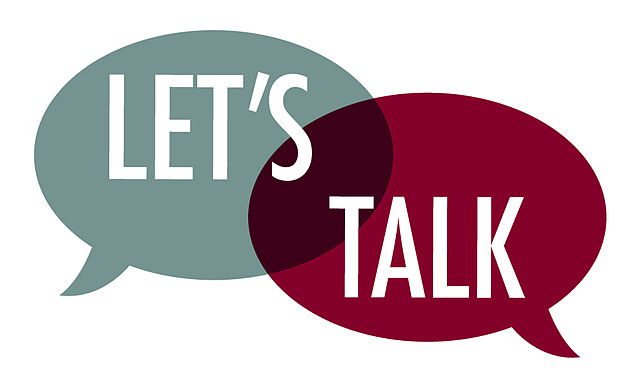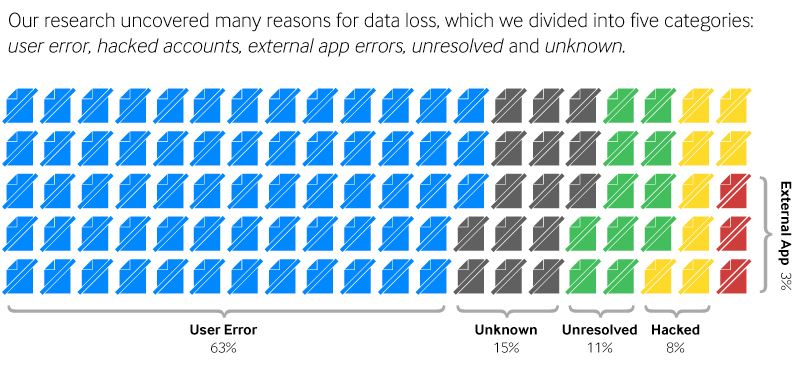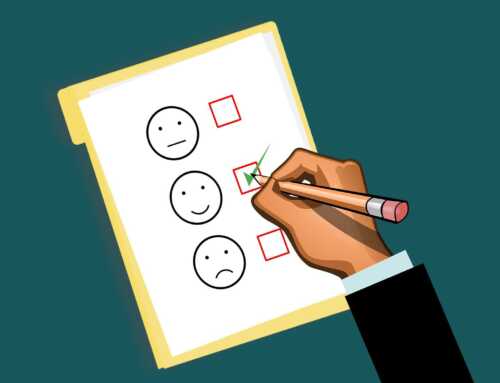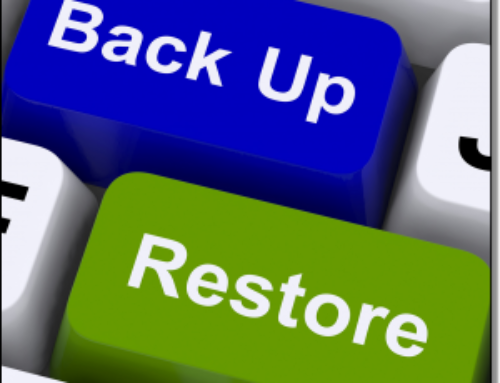
In just a few short years, service such as Google Drive, Microsoft OneDrive, Dropbox, iCloud have changed the way in which people think about file storage. With the increase in mobility and the need to access information from a range of devices and not just your work or home computer, more people are moving to these file sync and share services.
However, while these services are great for syncing and sharing files, they seem to have come with the notion that they are also a suitable backup and disaster recovery option as well.
Yes, it’s great to have your files and photos synced to the “cloud’ so you aren’t reliant on that consumer-grade external hard drive you purchased 4 years ago still actually working and not having any data loss, there is slightly more to backups and especially disaster recovery than is these products provides.
The truth is that while Google Drive does protect the items you share & sync from your desktop from some threats to your desktop (unless that threat is Ransomware like CryptoLocker), Google Drive itself isn’t invulnerable to data loss.
Yes, your data is potentially safer in Google Drive, Microsoft OneDrive, or Dropbox, than on any single laptop, desktop, tablet or smartphone, but the assumption that using these programs are the equivalent to having a true backup is a dangerous one.
Lets use Google Drive as our example.
How does Google Drive backup their own data?
First of all, the good news: the greatest reason people and businesses lose data is due to a hardware failure, and most of that is hard drive failures. These services given their size and geographical diversity, have multiple data centres around the world with redundant storage systems. That means that they can almost guarantee that your data is safe, even in the event an entire data centre is lost.
The second leading cause is data loss, and the leading cause of data loss is frankly the you. The polite term is “user error”, which basically means that a user has deleted a file without realizing it, or has deleted data not knowing that they needed to refer to it in the future. According to Google, this causes 63% of data loss experienced.
Fortunately, Google Drive has some level of measure in place to limit the impact of user error by employing a “soft delete” policy.
The means that any time a file that is stored in Google Drive is deleted, Google relegates it to the Google Drive Trash folder. You can recover this information at any time by opening the Trash folder and hit the restore option.
How Google Drive does not back up its own data
If you have emptied your Google Drive Trash however, things become a little more complicated. When you empty your Trash, this becomes a “hard delete” and there is no easy way to restore permanently deleted files. Google does have a rough “25-day grace period” but there are a number of caveats and complications
Unless you are a paid user and contact Google within three and a half weeks or less, you’re more than likely to get some bad news.
Furthermore, there are a number of other ways for you to lose data
- Any item someone shares with you can also be taken away from you, and as you aren’t the owner of the share, Google can’t get “your” data back – because it isn’t yours. Don’t take our word for it; ask Google:
- Anyone deleting a Google Apps account will irretrievably purge all files, messages, calendar and sites with no recovery option (Just ask Forbes magazine’s David Carr.)
- Third party apps with access to you Google Drive account can delete all of your documents and data permanently (Just ask Apple co-founder Steve Wozniak.)
If you want guaranteed, always-available access to your Google Drive data—even the items that have been permanently deleted, or the shared items that have been taken away from you—then you need a full-featured third-party Google Drive backup solution.
Recommended Google Drive backup software

BACKUPIFY by Datto
Backupify for Google Apps backs up all your Gmail accounts (along with Google Drives, Google Calendar, Google Contacts and Google Sites) up to three times per day, and allows one-click recovery of Gmail messages. These Gmail backups occur automatically, without oversight, every day — freeing administrators from the tasks of creating regular manual Gmail backups, and ensuring that all Gmail data is backed up and available for recovery at all times.
Datto Backupify is the leading cloud-to-cloud backup and recovery solution for software-as-a-service applications, including Google Apps, Office 365, and Salesforce. Nearly two million business customers rely on Backupify.
Enquire now
Future Logic is a Datto Premier Partner. Contact us today to see how we can help you keep your data safe.







